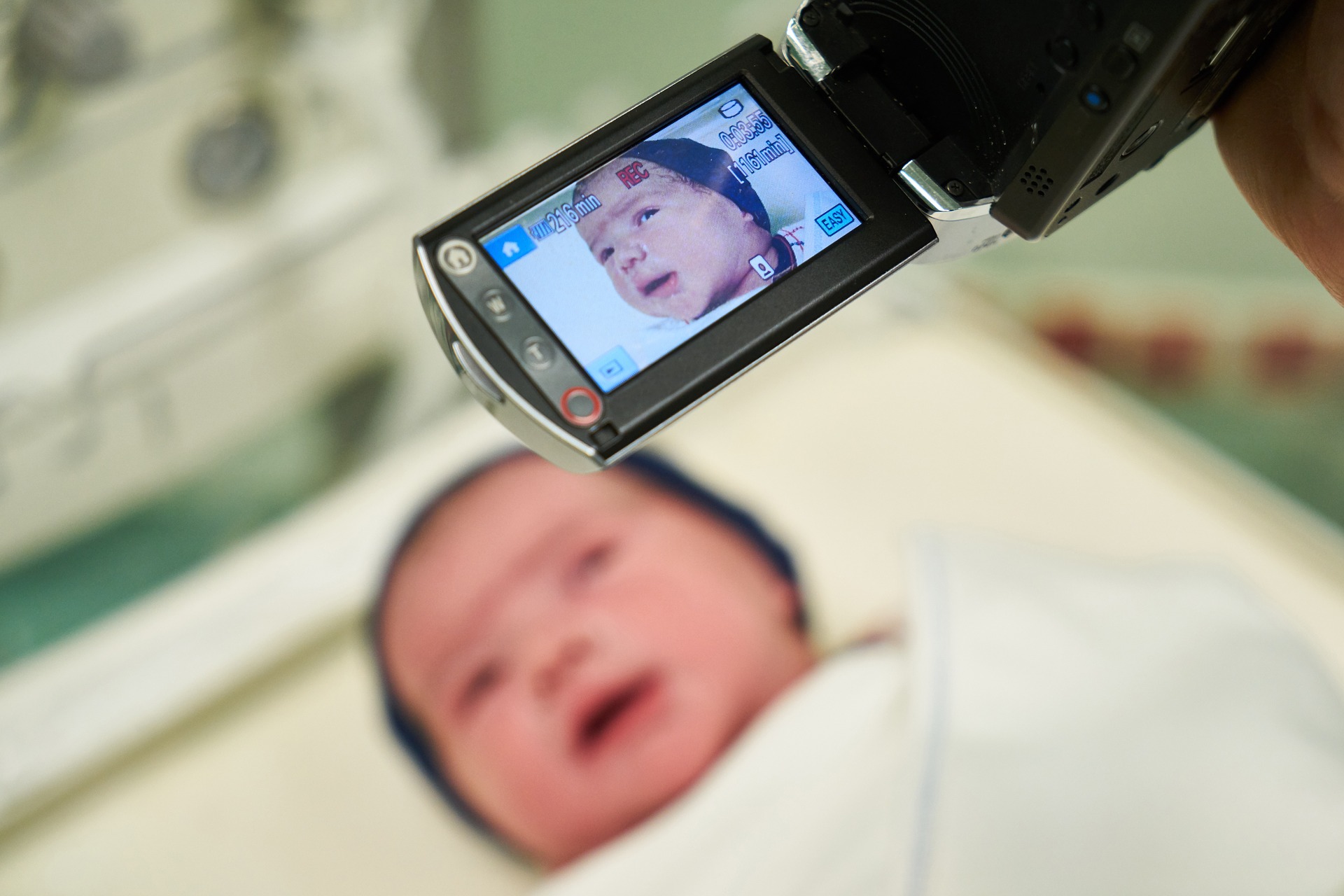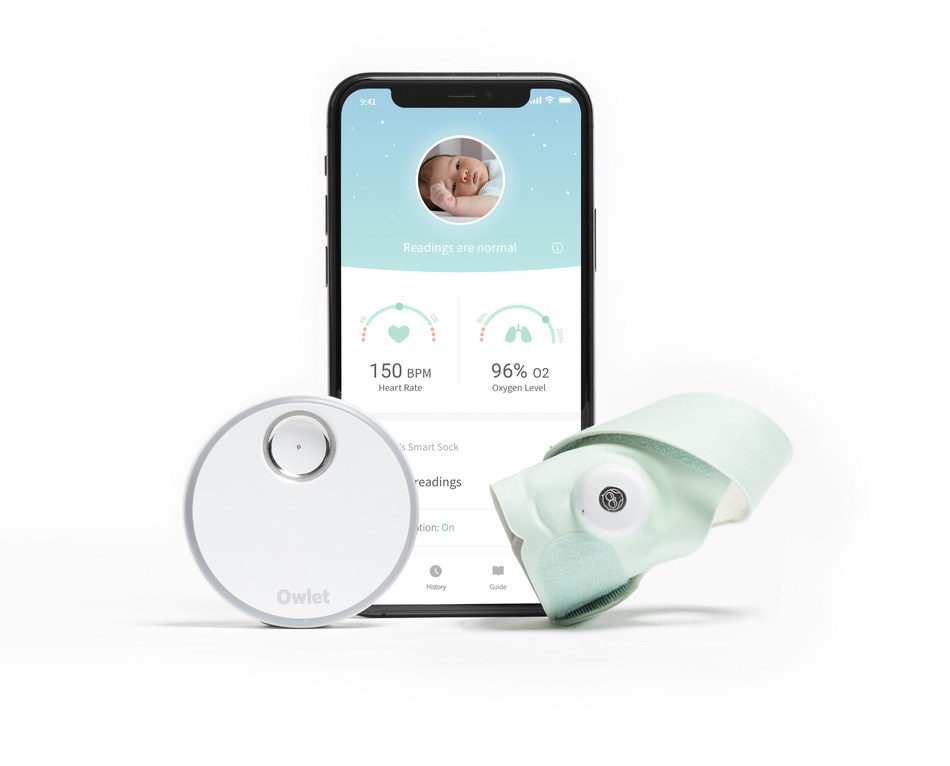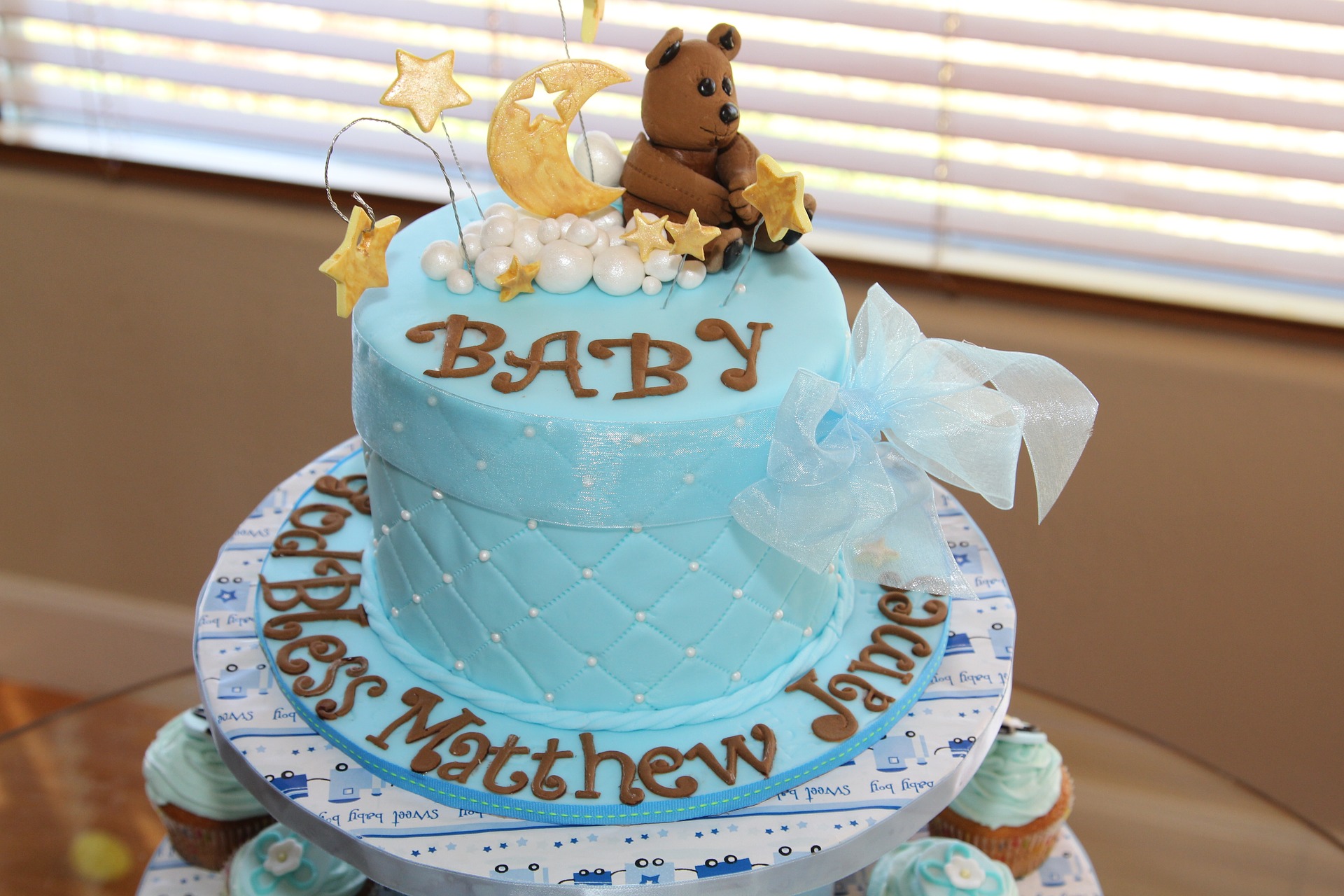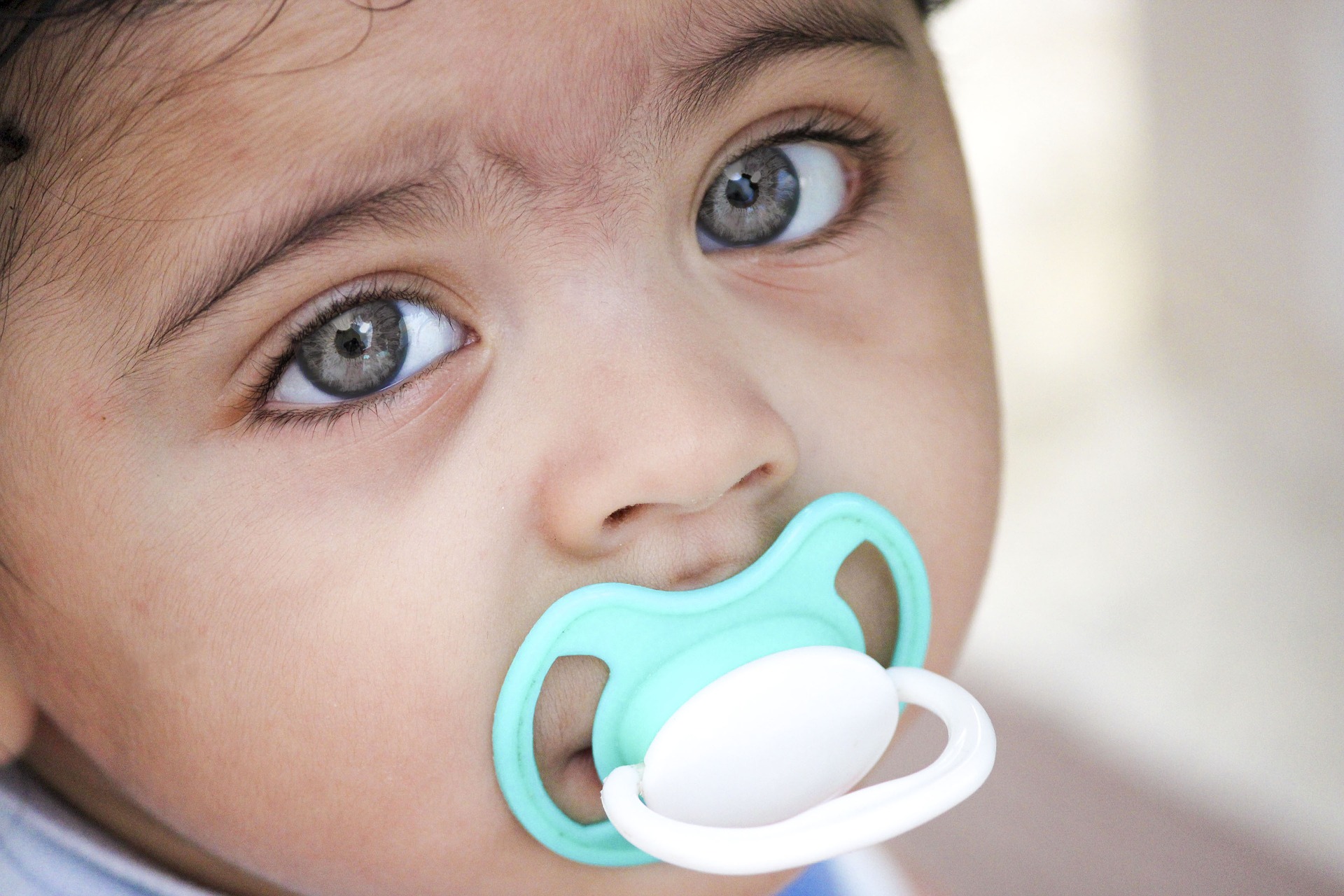
Getting ready to throw a baby shower for your best friend, daughter, sister or even brother? We’ve got everything right here to help you get organized. We have checklists and guest lists ready to print out, even a free gift track to help with those post-party thanks you notes! Our only advice? Set aside four weeks for planning, sending invitations, and purchasing supplies.
What’s Expected?
Back in the day, baby showers were thrown by friends, not relatives…and men were never invited to partake in the festivities! However, times have changed, and many parents-to-be, family members and friends are throwing baby showers, and everyone’s invited! Baby showers are a celebration of life and family, and in fact, these days it’s not uncommon to have more than one baby shower, especially if the parents-to-be have a large family or several close friends.
So, to help you make sure you throw the best baby shower ever, we’ve put together this four-week baby shower planning guide. The next few sections will cover the following:
- Week 1: Organizing the Shower
- Weeks 2 & 3: Invitations and Entertainment
- Week 4: Final Details
- Day Of: Time to Celebrate!
Want a portable version of this guide? Print out our quick-and-easy !
Week 1: Organizing A Baby Shower
You’re throwing a baby shower! How exciting. There are several decisions you’ll need to make in the early stages of planning, so we’ll walk you through each one and provide a ton of tips and hints to help out. To get started, here is a sample schedule you can use for your baby shower:
- Welcome the guests
- Ice-breaker game or activity
- Serve food
- Another game or activity
- Open gifts
Of course you can throw in some more games, mix things up, leave things out, it’s all up to you!
Putting Together the Guest List
Traditionally you would invite only women to a baby shower, from both sides of the family, the mom-to-be’s girlfriends, and of course, the mom-to-be. Times have changed however, and potential invitees could be the dad-to-be, grandpa-to-be, and anyone else!
The real question is, what kind of baby shower do you want to throw? Is it women only? Will the parents-to-be have another baby shower for family only? If so, you might consider hosting a friends-only baby shower. Another popular trend is to host a co-ed couples baby shower.
Whether or not to invite children is another matter for consideration. If the baby-to-be already has a brother or sister, then inviting other kids might be a great way to get them involved in celebrating their new sibling.
Depending on how old the older siblings are, they might be able to lead the other kids in activities. Seven is about the right age. This way, they’ll feel as though they are included in hosting responsibilities. Or, you might even consider hiring a babysitter for the event.
Picking a Location
Once you have a general idea of the number of guests, start compiling venue options. Traditionally, baby showers have taken place in the home of the hostess. However, it’s also good to broaden your scope. Consider a restaurant, a park picnic, a reception hall, or even a day at the spa with a catered lunch!
Week 2 & 3: Invitations & Entertainment
Now that the guest list is in place and you know where you’re going to host the baby shower, it’s time to pick a theme and get the invitations out!
Baby Shower Themes
Themes serve as inspiration for decorations and games, invitations, favors and even the food. to see one of our favorite resources for Baby Shower Themes. There are about 50 different baby shower theme ideas to help get you started. Themes can be as simple as a color scheme like blue and white if you know the parents-to-be are having a boy, or pink and white for a girl.
A theme also makes shopping for supplies a breeze! For example, if you are using a Rubber Duckies theme, you’ll pick the invitations with the ducks, duck decorations, a baby bath centerpiece filled with water and floating rubber ducks, small rubber duck favors, and yellow foods. Fun right?
Baby Shower Games
Baby Shower games are typically done with groups of people who may not know each other very well, so they serve to break-the-ice and set the mood for your shower. If you are thowing a theme baby shower, games can revolve around the theme. Pick about 3 games for a 2-hour shower. Here are some of our favorites. For more ideas, be sure to check out .
Invitations
How’s that guest list looking? Now is the time to finalize the guest list to allow enough time to mail the invitations, and to allow the guests time to clear their schedules and find that perfect gift. Invitations to any baby shower are the guests’ first clue as to the style and/or theme of the baby shower.
You can even design and print your own invitations, using the Invitation Generator that comes with this . Using that tool, you simply pick the front cover and enter the details, print it out on 8 1/2″ x 11″ paper, fold into quarters and send! The benefit of making your own invitations is that you have unlimited printouts! Make a mistake on one, no problem, just print out another!
Let’s Go Shopping!
There are two rounds of shopping. First we’ll pick up invitations, party favors and decorations. In our second round, closer to the actual baby shower, we’ll pick up food and beverages.
Need ideas for baby shower favors? One of our favorites are tealights personalized with the date of the baby shower. These cute, brushed aluminum 24-hour tea lights can be personalized in black, gold or silver ink.
Another fun idea is to give out personalized bud vases. Both of these items make great keepsakes without breaking the bank. You should also pick up some items to use as prizes for the winners of your Baby Shower games. Gifts such as frames, compact mirrors, or small jewelry boxes work well as prizes.
Just Name It!
Buy 12 jars of baby food in pairs of like colors – for example, a jar of green beans and a jar of peas, a jar of applesauce and a jar of pears, and a jar of carrots and a jar of squash. With a permanent marker, number the lids of the jars 1 through 12. Then remove the labels, marking the jar number on the back of the corresponding label (hide the labels to use as an answer key).
Have the guests examine the jars by sight only – no tasting or smelling! – and guess what each one is. They can write their answers down on a piece of paper. The person with the most correct answers wins. After the game is over, tape the labels back on the jars and give the baby food to the mom-to-be. Just another one of those fun baby shower games!
Menu and Beverages
Start thinking about what you are going to serve. You don’t need to finalize everything, but you do want to havea n idea. Need suggestions? Finger foods set around the room work great and will encourage guests to mingle.
Use food to carry on the theme. If your guest of honor has a favorite color, or if the shower theme revolves around a color, choose foods with the same color.
The time of day can also help you decide on what to serve. For a mid-morning baby shower, you could serve coffee and tea with pastries. Or for the afternoon, you can grill up some lunch with cake and punch for dessert, or go lighter with finger foods soch as mini-sandwiches. Later afternoon could include chips and dip or vegetables and hummus. Want more ideas? There are over 100 baby shower recipes included with the .
Week 4: Final Details
It’s almost time! You’ve organized, planned, shopped, and now there are just a few days left to the big event!
Finalize Menu and Go Shopping
Now is the time to finalize what you are going to serve at the baby shower. Write down all the ingredients, beverages, and place setting needs that you might have and let’s hit the grocery store. Now’s also the time to take inventory on what you might be missing. Need any extra film or decorations that may have been left out on the first round of shopping?
Confirm Reservations
If you have reservations for a baby shower venue, call and re-confirm. Ensure that the venue has enough chairs, tables and dishes, and that you’ll be let in early enough to set up any decorations.
Extras
Here are some other ideas that you might want to take care of in this last week before the baby shower:
- Designate a photographer and/or videographer to capture the event for the parents-to-be
- Set out disposable cameras at the baby shower so guests can snap impromptou shots
- Take a photo of each guest with the parents-to-be as they leave the baby shower, and include the photo with each thank you note
- Create a gift tracker and designate a gift recorder so you know who to send a thank you card to (one is included free in the )
- Have a small back pillow and footstool for the mother-to-be so she can be comfortable
Day Of: Time to Celebrate!
There are always a few loose ends to tie up on the day of. Best thing to do is make a list. And don’t forget to put picking up any balloons or last minute decorations to that list. A tip for food, set the food around the room in different spots. Put the chips on one side of the room and the beverages on another. This will encourage your guests to mingle.
.
| Scrambled Word |
Actual Word |
Scrambled Word |
Actual Word |
| Sitbenas |
Bassinet |
Peidar |
Diaper |
| Searance |
Cesarean |
Kirgonc Hicar |
Rocking Chair |
| Akeblnt |
Blanket |
Yabb Gnisw |
Baby Swing |
| Treesbidganef |
Breastfeeding |
Licoc |
Colic |
| Tolbet |
Bottle |
Rupb |
Burp |
| Raragice |
Carriage |
Webnonr |
Newborn |
Baby Shower Games For Your Special Baby Shower






















